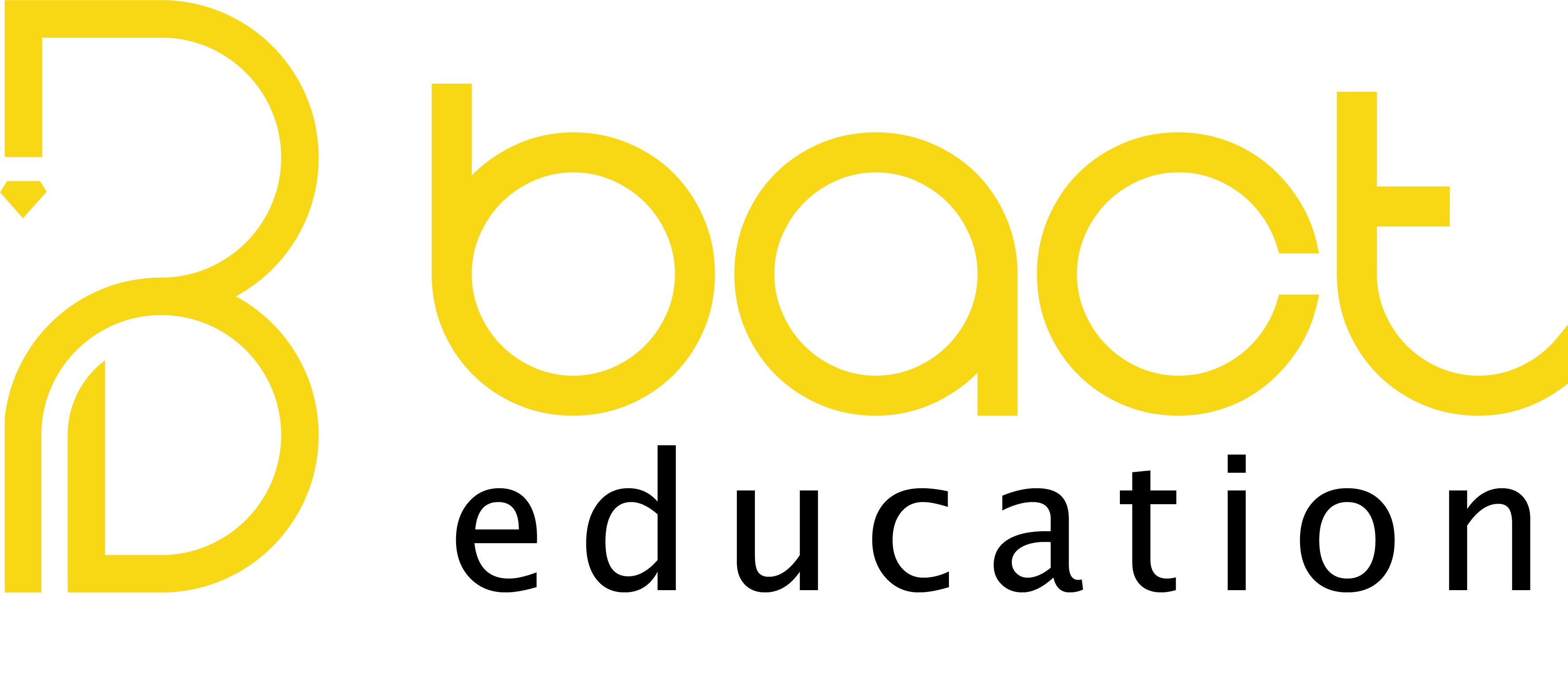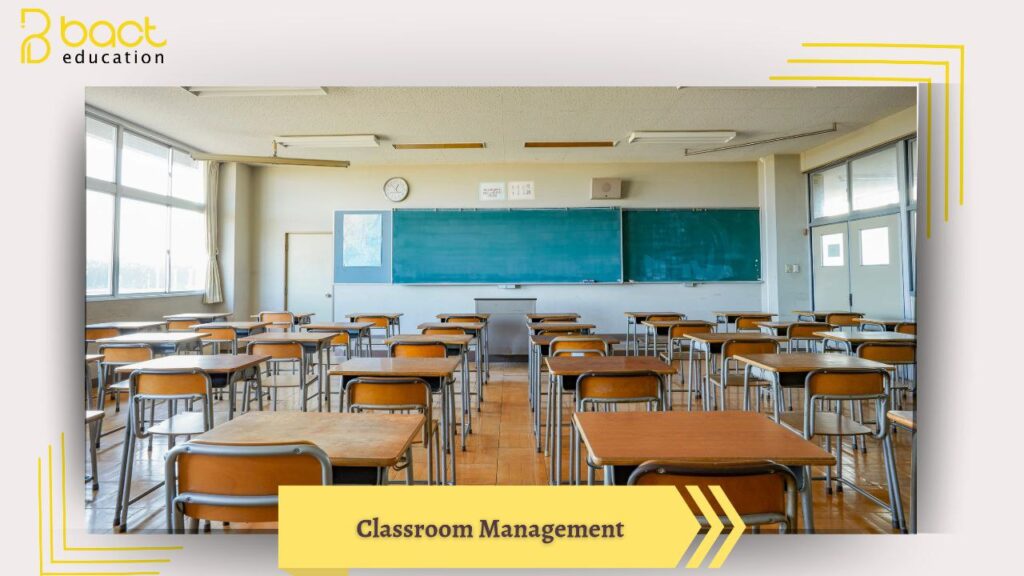Mastering the Modern Classroom: Effective Management Strategies for UAE Schools
Walking into a vibrant classroom in the UAE is a unique experience. You’re met with a tapestry of cultures, languages, and learning styles. This beautiful diversity is one of our greatest strengths, but it also presents a distinct challenge: how do we create a harmonious, focused, and respectful learning environment for everyone?
Effective classroom management is the cornerstone of a successful educational experience. It’s not about strict control; it’s about fostering a culture of mutual respect, clear expectations, and engaged learning. Here are key strategies tailored for the UAE context.
1. Establish Clear Expectations with Cultural Sensitivity
From day one, co-create a set of classroom rules and values with your students. Instead of a top-down list, facilitate a discussion about what a safe and productive learning environment looks like. This empowers students and gives them ownership.
-
Use Positive Framing: Phrase rules positively. Instead of “Don’t speak out of turn,” try “We respect others by listening when they are speaking.” This aligns with the Islamic and Emirati value of Ihtiram (respect).
-
Visual Cues: Use posters and signs in both English and Arabic to reinforce routines and rules, supporting EAL (English as an Additional Language) learners.
2. Build Relationships Rooted in Respect
The student-teacher relationship is paramount in the Middle Eastern context. Take time to know your students as individuals.
-
Learn About Their Backgrounds: Show genuine interest in their cultures, traditions, and interests. This builds Takaful (solidarity) and trust.
-
Positive Proximity: Move around the classroom. A quiet presence near a potentially distracted student can be more effective than a verbal correction from across the room.
3. Leverage Positive Reinforcement
Celebrate effort and success far more than you correct mistakes. This creates a positive and motivating atmosphere.
-
Praise Publicly, Correct Privately: This is a crucial rule that preserves a student’s dignity (Karama).
-
Implement a Reward System: Use group points, “Student of the Week” awards, or simple verbal acknowledgments like, “I am so impressed with your focus today, Ahmed.”
4. Incorporate Collaborative Learning
Group work is an excellent way to channel social energy into productive learning and to foster intercultural understanding.
-
Structured Group Roles: Assign clear roles (e.g., recorder, materials manager, speaker) to ensure everyone participates and the work stays on track.
-
Celebrate Team Success: When a group succeeds, celebrate the entire team. This reinforces the value of collaboration and community.
5. Be Proactive, Not Reactive
The best classroom management happens before misbehavior occurs.
-
Engaging Lesson Plans: Boredom is a primary cause of disruption. Incorporate technology, hands-on activities, and varied teaching methods to keep students engaged.
-
Smooth Transitions: Teach and practice routines for moving between activities. A clear, predictable structure reduces anxiety and off-task behavior.
Conclusion: Your Classroom, A Thriving Community
In the diverse landscape of UAE education, effective classroom management is the art of weaving together different threads to create a strong, beautiful tapestry of learning. By focusing on respect, clear communication, and positive relationships, you can transform your classroom into a community where every student feels valued, safe, and ready to achieve their full potential.
Contact us:
+971582491660

